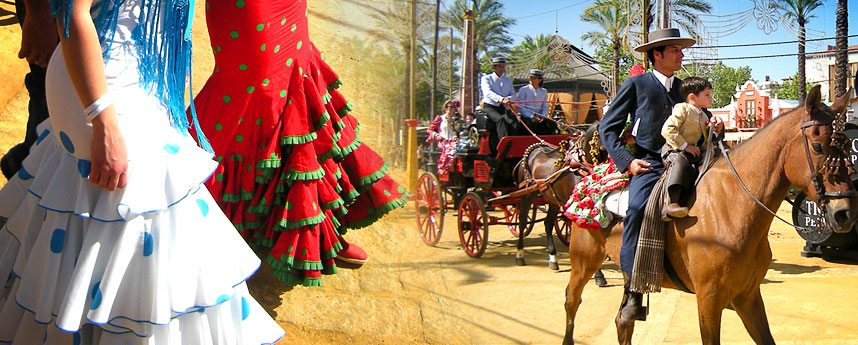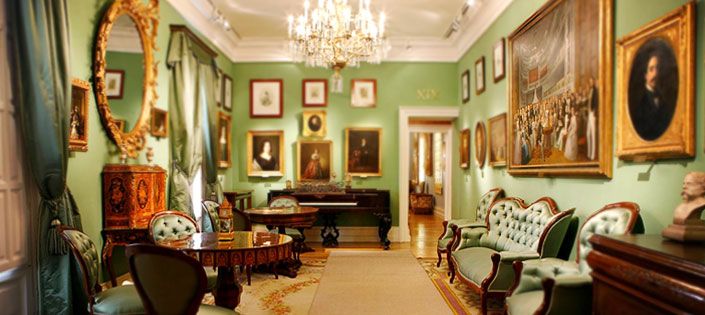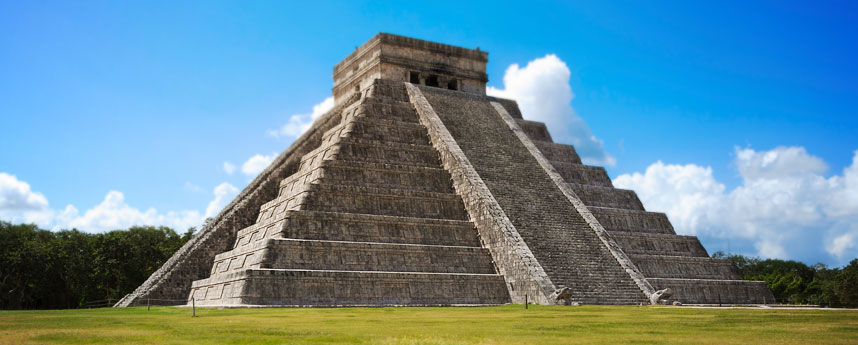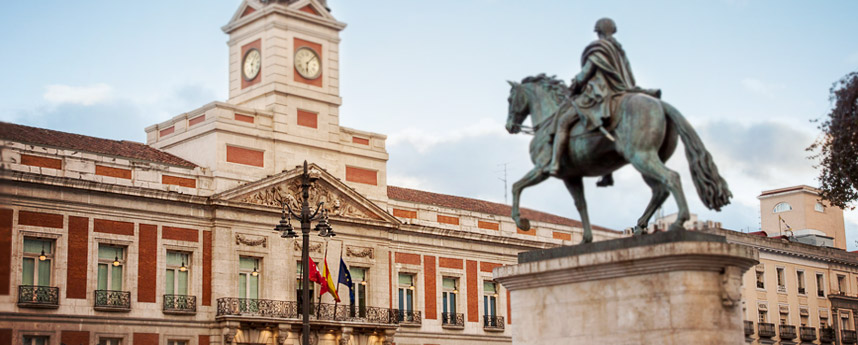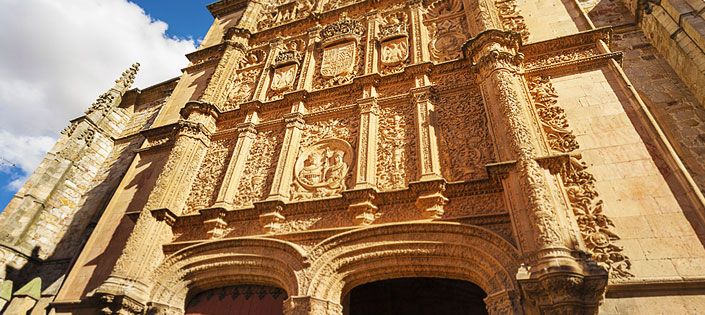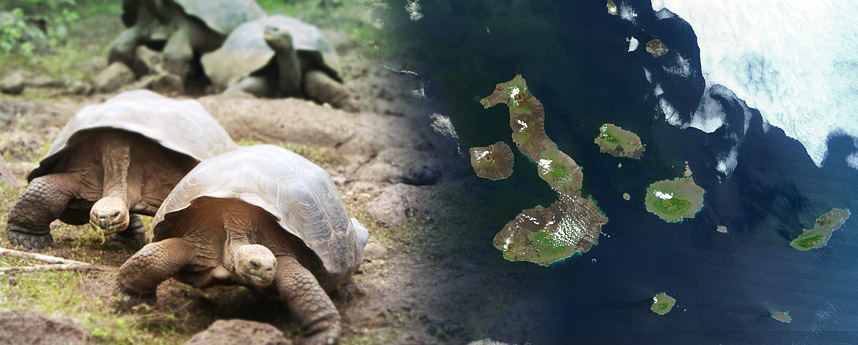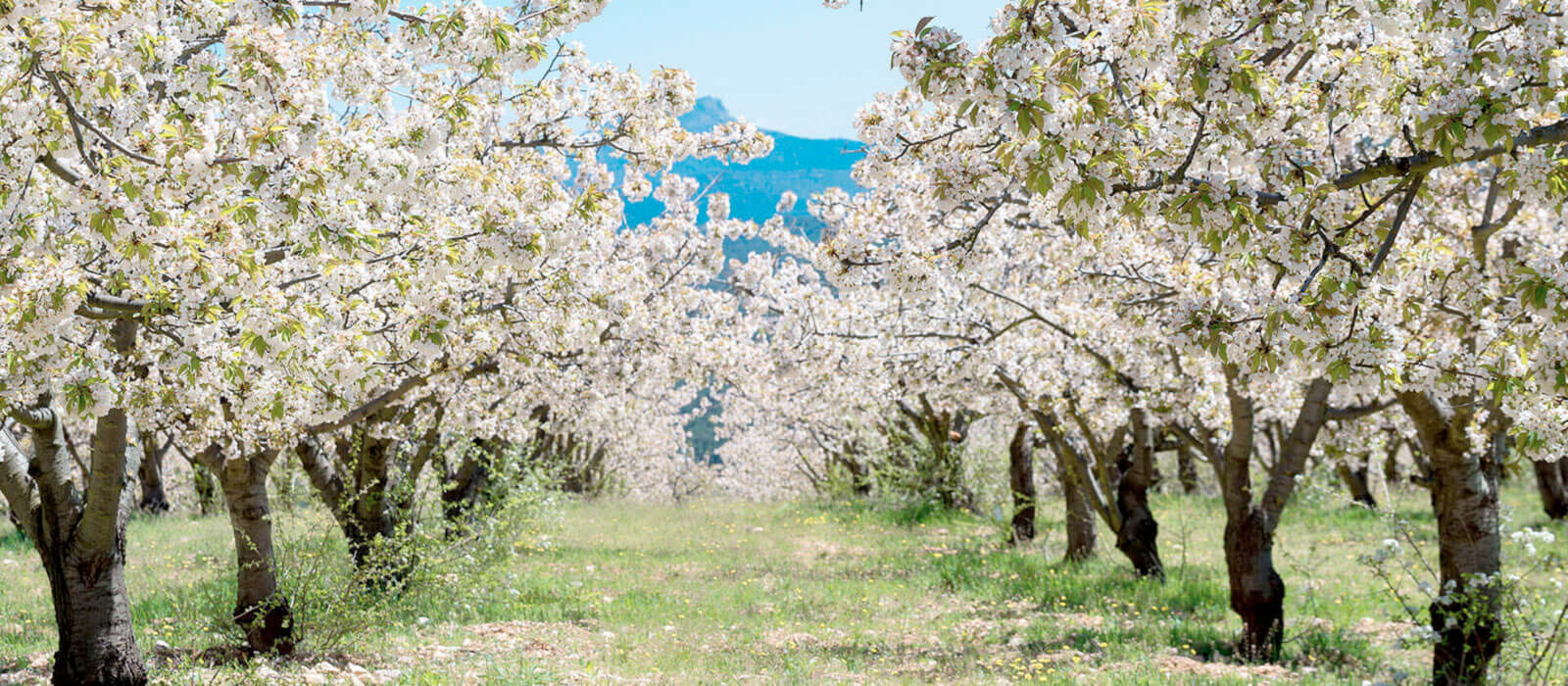The search for Cervantes' bones in Madrid

Miguel de Cervantes is one of the most famous figures in Spanish literary history, his greatest work “Don Quijote de la Mancha” is generally considered to be the first ever modern European novel; and such was his influence on the Spanish language, it is often referred to as the “lengua de Cervantes”. Given the prestige of his work, many of the circumstances surrounding his life, his death and his burial are somewhat surprising.
Although the don Quijote novel enjoyed some success at the time it was released, it did not provide Cervantes with the fame or recognition that he enjoyed posthumously when the work was re-discovered. This Spanish literary great ended up passing away at the age of 69 on April 23rd 1616, on the same day as William Shakespeare, without a penny to his name. He asked to be buried within the Trinitarians convent in Madrid, a religious institution that had been responsible for paying the ransom needed to release him from slavery after his capture by pirates.
Cervantes' Burial Site in Madrid
This convent, which still exists in the literary quarter of Madrid, is to be searched by historians who have long been campaigning to look for the bones of Miguel de Cervantes. Ground-penetrating radar will be used by forensic archaeologists to investigate the area underneath the convent. The exact burial site’s precise place has been lost throughout the course of history, with it being almost four centuries since his death, because of various stages of development on the convent, but historians are confident that the quality of the technology is sufficient to find Cervantes’ bones.
Luis Avial, who has worked on a number of excavations of old Spanish Civil War burial sites, will oversee the work. The first stage of the process will be scanning the ground underneath the oldest section of the convent with the use of georadar. If the initial scans manage to reveal a likely location of the bones, then an excavation will take place to recover them. It is thought that Cervantes is not the only person buried here, however, injuries that he suffered in battle will make it much easier to identify his remains.
Cervantes sustained musket wounds during the 1571 naval battle of Lepanto. He was shot in the chest as well as in the arm, which left him with a withered left hand for his whole life. A historian, Fernando de Prado, stated that the injured hand and the damaged ribcage, alongside knowledge that Cervantes only had six teeth left in his mouth when he died, will make identifying the body a much easier process.
Madrid City Hall has commissioned the project and provided an estimated €100,000 to cover the costs of the exploratory work. The culture councilor Pedro Corral acknowledged that the operation was not guaranteed to be a success, but that it was essential to try and find the remains of the man who is recognized across the world as the creator of the modern novel, and that a discovery of Cervantes’ bones would prove to be a significant boost for the city’s tourism industry.
